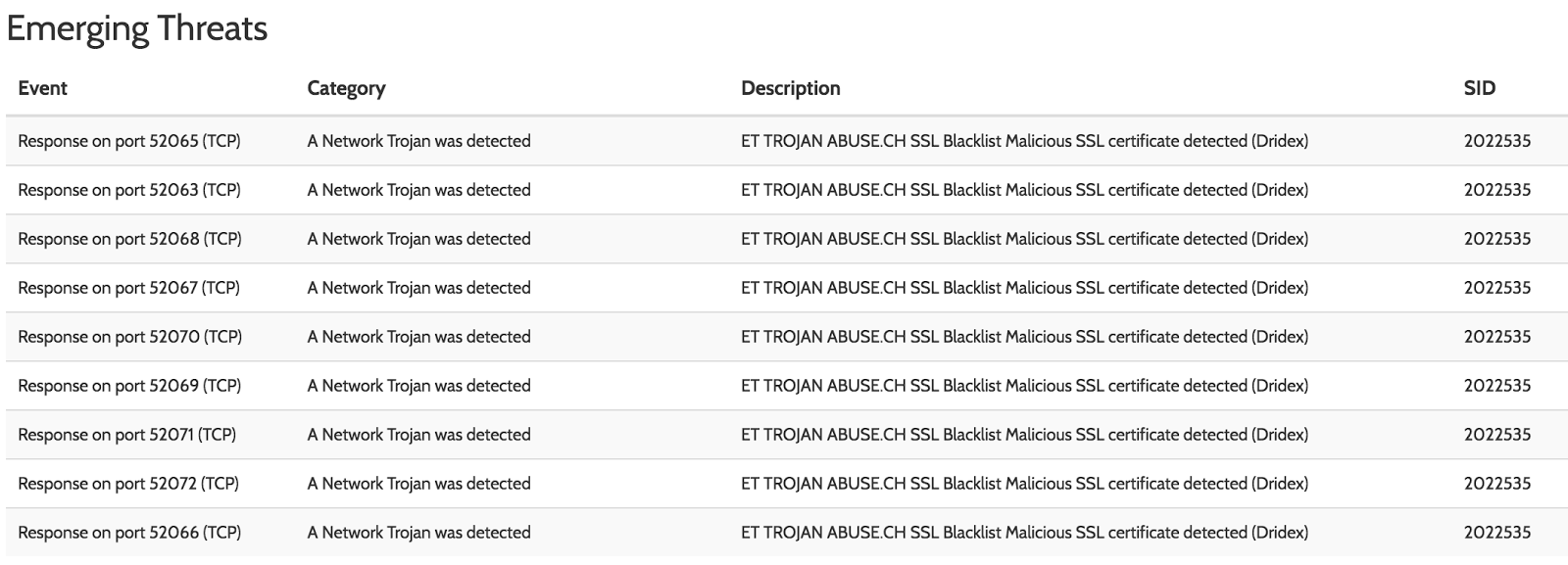One advantage of being an exposed software vendor (we operate a popular free public malware analysis service) is that we constantly get challenged with latest malware samples and have a vivid feedback loop. IT-Security professionals and researchers from all around the world upload what they get in touch with at a daily basis. As we are quite dedicated about what we do here at Payload Security, we monitor the webservice closely and enjoy in doing so.
We have been observing that during the past months usage script languages as an entrypoint stage has been growing quite popular among cybercriminals. Often, it is not a single-layer approach, but the actual malicious script is downloaded by a "pre-stage" VBA script or other intermediate stages. That is, we have been seeing multi-layered dropper scripts. In general, one could say that mixing all kind of script formats, including javascript, powershell, vbs, wrappers (wsf/hta), encoded formats (jse, vbe) and other variants has become a standard toolset of the delivery process. Taking a look at the statistics page of the webservice underlines the growing popularity of using scripts (and not even counting AutoIT compiled to PEs, etc.):
A brief look around quickly revealed that other AV vendors have noticed scripts being a popular vehical to deliver trojans, ransomware, RATs, etc. As most of these scripts are not sandbox environment aware, it is our personal speculation that the current increase in complexity of malware delivery has mostly been implemented to bypass endpoint protection solutions, which often also rely on parsing the input file and the commandline pre-execution. Nevertheless, there is sandbox evasive mechanisms built into scripts that are interesting to investigate, as well.
In order to better understand malicious script activity, we have implemented a generic script logging engine (hint: we are still thinking of a fancy/fluffy marketing name) that is quite powerful and intercepts various external script calls (JS/VBS/VBA). It is a technology that we are still building upon, which has been turned on at the public webservice for a few weeks now. As we are quite excited about it already, we decided to push forward the news with this blogpost.
Multi-Layered Cerber Delivery
The new Cerber variant we will be looking at right now uses a typical social engineering technique to try to lure receivers into enabling macros and execute the payload:
In general, reports of VxStream Sandbox always contain a variety of indicators that allow quick assessment of macro codes and whether or not they are most likely malicious (e.g. detecting obfuscation, suspicious keywords, auto-execute functionality, etc.):
In general the macro indicators are not useful beyond determining general malicious intentions. This is where the new script logging engine comes into play, which adds some forensic flavor and allows extracting more artifacts. In order to access the script engine output, one must go to the 'Hybrid Analysis' process details section and click on a process that has the "Logged Script Calls" cog icon next to it:
As we can see, the obfuscated VBA code is actually unwrapping a piece of javascript, which in turn is downloading (and verifying) the next stage, which ends up being a PE file encrypting the machine:
As this is happening within the VBA engine, neither classic API call monitoring nor instruction based tracing (as implemented by some "next generation" solutions) will easily yield this depth and clarity.
Link to the report: https://www.vxstream-sandbox.com/sample/3004c162dc360c97aefc7828ca175e65583b972c9a7444d4f0e05d7bc4dc71f9?environmentId=100
Another beautiful example of the new script engine is the following Nemucod trojan delivering a malicious javascript as a Windows Script File (WSF). It is deeply layered involving multiple stages, including WScript.Shell and PHP code, as can be seen quite nicely by the process tree and the "Script calls" tab:
Conclusion
As discussed, we believe there is a trend towards mainstream malware using more complex delivery methods that involve multi-layered scripts. For us at Payload Security one answer to the ever-changing IT-security threat landscape is to try out novel ideas, not being "scared" of field tests with in-the-wild malware, being transparent about technology (we do not believe in security through obscurity) while keeping a focus on implementing solid solutions that bring business value to the end user.
Did we get your interest? Try out the new script logging engine at https://www.hybrid-analysis.com/ or follow us on Twitter at https://twitter.com/payloadsecurity





































